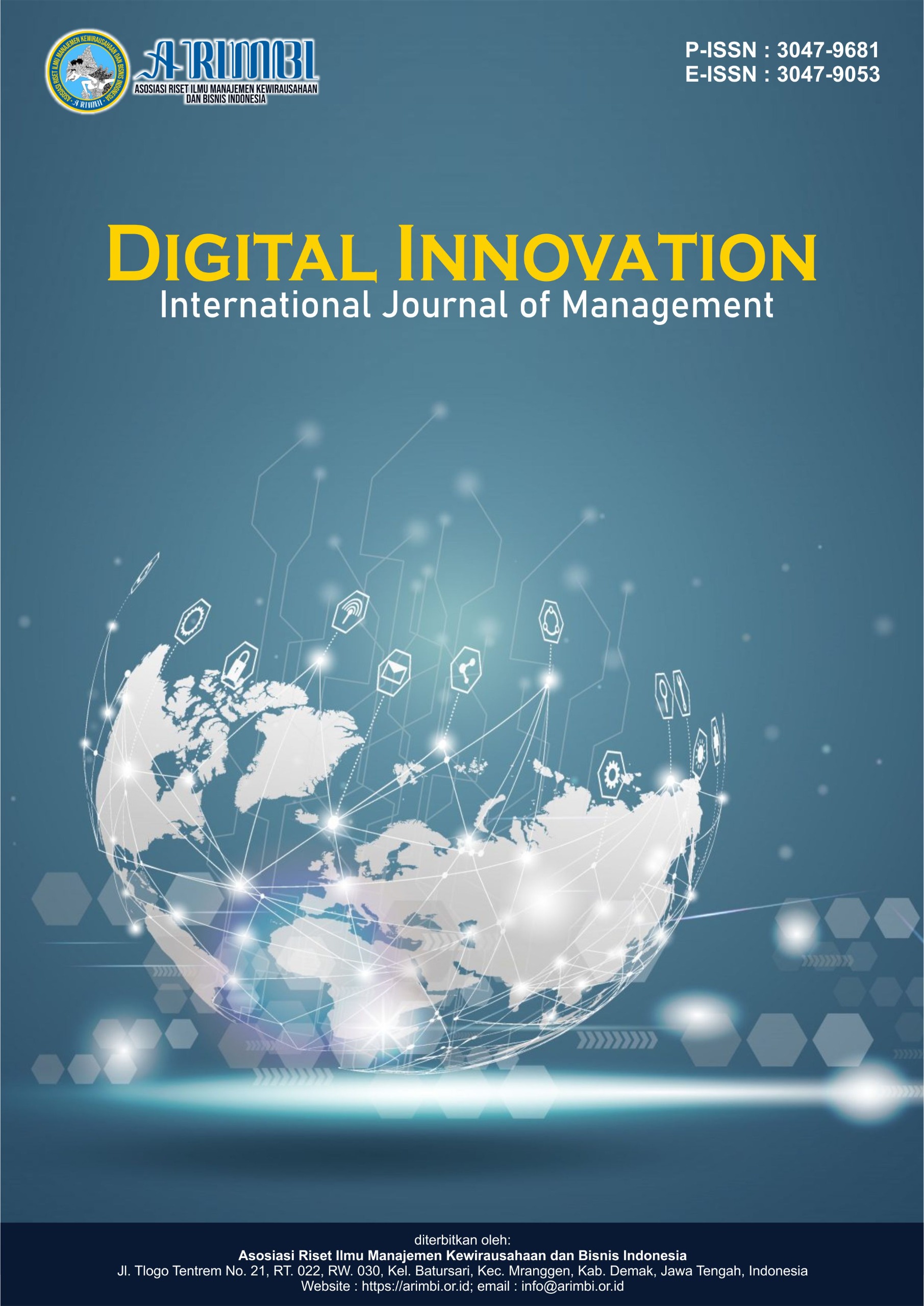Analysis of Service Quality on Satisfaction Customers at the Salatiga City Type A Boarding Terminal
DOI:
https://doi.org/10.61132/digitalinnovation.v2i1.184Keywords:
Service, Satisfaction, Regression, QuestionnaireAbstract
This research aims to determine the analysis of service quality on customer satisfaction at the Tingkir Type A Terminal, Salatiga City. In this research, the objects taken were service users at the Tingkir Terminal. Data sources include primary and secondary data. The sample in this study was 100 service user respondents at Tingkir Terminal. Data collection was carried out using observation methods, literature studies, interviews, documentation and questionnaires. The data analysis technique is a multiple linear regression technique which is first tested through a questionnaire test (validity and reliability) and classical assumption tests (autocorrelation, heteroscedasticity, multicollinearity, normality). The results of the analysis using the statistical tools of the SPSS V.26 program obtained a multiple linear regression equation: Y = 2,637 + 0,170.X1 + 0,203.X2 + 0,180.X3 + 0,179.X4 + 0,171.X5 + μ. The results of the multiple linear regression equation show that the Tangible Variable (X1) has a tcount of 0.170 and a ttable of 1.66105, so H0 is rejected and Ha is accepted. The Reability variable (X2) has a tcount of 0.203 and a ttable of 1.66105, so H0 is rejected and Ha is accepted. The Responsive Variable (X3) has a tcount of 0.180 and a ttable of 1.66105, so H0 is rejected and Ha is accepted. The variable Emphaty (X4) has a tcount of 0.179 and a ttable of 1.66105, so H0 is rejected and Ha is accepted. The Assurance variable (X5) has a tcount of 0.171 and a ttable of 1.66105, so H0 is rejected and Ha is accepted. Based on the results of the study, conclusions can be drawn from multiple linear regression analysis and the distribution of respondents' answers regarding independent variables (Tangible, Reability, Responsive, Emphaty, Assurance) has an influence on the dependent variable (Customer Satisfaction).
Downloads
References
Goetsch, D., & Davis, S. (2013). Quality management (4th ed.). Cram101 Incorporated.
Gronroos, C. (2015). Service management and marketing: A customer relationship management approach. Chichester: John Wiley and Sons, Ltd.
Hanis, M., & Gilang, T. (2018). The effect of service quality on customer satisfaction at Lion airline. Journal of Business Administration, 5(3).
Isra, J. M., & Trenggana, A. F. M. (2017). The Effect of Service Quality on Uber Car Consumer Satisfaction (Study on Uber Car Consumers in the City of Bandung). e-Proceeding of Management, 4(3), 2922–2929.
Decree of the Minister of Transportation. (1995). Decree of the Minister of Transportation No. 31 of 1995 concerning Road Transportation Terminals. Jakarta: Department of Transportation.
Kotler, P., & Keller, K. L. (2015). Marketing management (Volume 1, Edition 13). Jakarta: Erlangga.
Kotler, P., & Keller, K. L. (2016). Marketing management (12th Edition, Volumes 1 & 2). Jakarta: PT Indeks.
Lovelock, C., Patterson, P., & Walker, R. (2004). Service marketing: An Asia-Pacific and Australian perspective. NSW: Pearson Education Australia.
Lupiyoadi, R., & Hamdani, A. (2006). Service marketing management (Second Edition). Jakarta: Salemba Four.
Moenir, H. A. S. (2015). Public service management in Indonesia. Jakarta: PT Bumi Aksara.
Parasuraman, A., Zeithaml, V. A., & Berry, L. L. (2017). SERVQUAL: A multiple-item scale for measuring consumer perceptions of service quality. Journal of Retailing, 64(1), 12–40.
Puspita, R. M., & Santoso, S. (2018). The effect of service quality and supporting facilities on customer satisfaction of Lempuyangan Station Yogyakarta. Exist: Journal of Economic and Business Research, 13(1), 69–80.
Rangkuti, F. (2002). Measuring customer satisfaction. Jakarta: Gramedia Pustaka Utama.
Republic of Indonesia. (2004). Decree of the Minister of State Apparatus Empowerment Number 63/2003 concerning Guidelines for Service Implementation.
Republic of Indonesia. (2009). Law No. 25 of 2009 concerning Public Services.
Sinambela, L. P., et al. (2011). Public service reform. Jakarta: Bumi Aksara.
Sugiyono. (2011). Educational research methods. Bandung: Alfabeta.
Sugiyono. (2016). Quantitative, qualitative, and R&D research methods. Bandung: PT Alphabet.
Sugiyono. (2019). Quantitative, qualitative, and R&D research methods. Bandung: Alfabeta.
Tjiptono, F., & Chandra, G. (2016). Service, quality & satisfaction. Yogyakarta: Andi.
Wardani, T. U. (2017). The Effect of Service Quality on Consumer Satisfaction in Gojek's Transportation Service Business (Case Study of FEBI UIN North Sumatra Students) (Doctoral dissertation, State Islamic University of North Sumatra).
Widjaja, E. L., & Harianto, A. (2017). Analysis of the effect of service quality on passenger satisfaction of Batik Air airlines. Journal of Hospitality and Service Management, 5(2).
Zeithaml, V. A., Bitner, M. J., & Gremler, D. D. (2015). Services marketing: Integrating customer focus across the firm (6th ed.).
Downloads
Published
How to Cite
Issue
Section
License
Copyright (c) 2025 Digital Innovation : International Journal of Management

This work is licensed under a Creative Commons Attribution-ShareAlike 4.0 International License.




